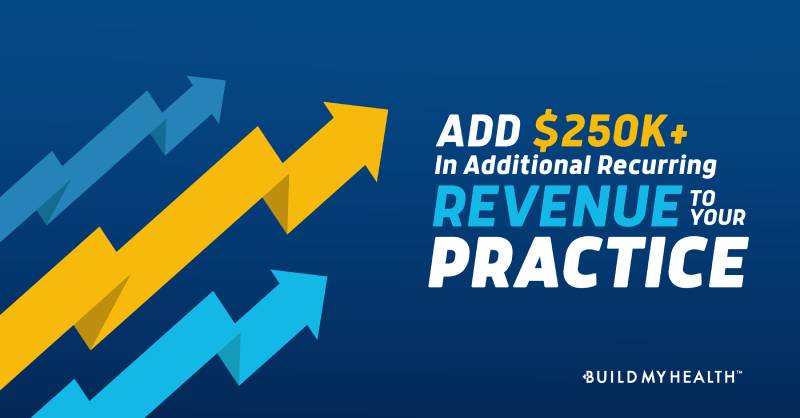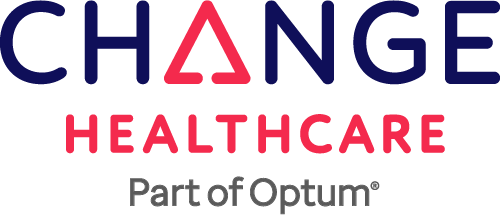I take a boxing class twice a week for cardio conditioning and strength training. While the catharsis provided by a punching bag could be a sign of deep rooted anger, I don’t think of myself as having above average pent up aggression. After class this past week, my boxing instructor asked what I do to unwind at the end of a busy week. He’s aware of my profession as a plastic surgeon that specializes in cosmetic surgery of the face, breast and body.
Rather than a response to a stressful week, I consider boxing, and exercise in general, another facet of a healthy work-life balance that includes family, socializing and traveling. But I’m very much aware this is not the case for other physicians where physician burnout is an ongoing, long festering problem. An annual Medscape survey of more than 12,000 physicians in over 29 specialities suggest that burnout affects 42% of physicians. Based on the survey, the top three specialities are critical care (taking care of patients in the intensive care unit in the hospital), rheumatology (treatment of autoimmune diseases) and infectious diseases. These physicians’ primary role is in an inpatient, hospital-based setting, as opposed to an outpatient, independent clinic. Physician burnout isn’t simply a result of COVID-19 either. 79% of providers said the feeling of burnout preceded the pandemic.
My personal experience avoiding burnout as a plastic surgeon isn’t the exception. Based on the same survey, the two specialties with the lowest incidence of burnout are plastic surgery and dermatology. On the surface, it’s easy to assume this is because plastic surgeons and dermatologists are less likely to deal with life and death situations. Yes, dermatologists treat skin cancer but usually before it becomes life threatening. Plastic surgery is divided into reconstructive surgery and cosmetic surgery. So it’s not all breast augmentations and facelifts, but again, typically they’re providing care in non life threatening situations. Even with healthier patients, this is not the reason these two specialties are less likely to experience burnout.
Plastic surgeons and dermatologists are happier and less apt to burnout for two reasons. First, they’re often paid out of pocket, not through insurance and secondly, they’re generally not hospital-based, hospital-employed physicians. Avoiding these two pain points contribute to better health and wellness of these physicians.
They have office-based practices where they see patients with a mix of cosmetic and medical issues. In many instances, they don’t accept insurance. For one, insurance does not cover cosmetic services. But even in the case of medically necessary treatments, many independent practices do not have the bandwidth to fight with and wrestle payment from insurance companies since it is their tendency to deny payment for services rendered.
Not getting paid for the care you provide, whether as a hospital-based physician or in an outpatient practice is demoralizing and a major contributor to physician burnout. It’s the belated recognition that the healthcare system considers your years of training and expertise to be unworthy of renumeration.
The benefit of relying less on insurance payments isn’t isolated to plastic surgeons and dermatologists. More specialties and outpatient facilities recognize that new direct payment models can help mitigate the factors contributing to physician burnout.
Bundled out-of-pocket payments which bypass the insurance company altogether, can be less expensive than the deductibles, out-of-pocket maximums and co-insurance the patient pays when using insurance. And they can receive care quicker because they’re no longer waiting on pre-authorization or approval from their insurance plan. These types of payments are utilized more frequently for outpatient procedures such as colonoscopies, reconstructive plastic and orthopedic surgery.
Bundled payments for medically necessary or cosmetic procedures are also conducive to compliance with new price transparency rules issued by the Federal government in 2021. While these rules only apply to hospitals, a practice or outpatient facility that offers pricing information pre-consultation and pre-procedure via a price estimator on the doctor or facility’s website is a major patient satisfier.
The direct payment model has led to an increase in primary care doctors going into direct primary care, concierge or functional medicine practices where patients are willing to pay out of pocket so their doctor can spend more time with each patient. Compare this to a hospital-based practice where there’s constant pressure to generate more revenue by seeing more patients, with each patient getting a smaller share of the doctor’s time.
This pressure leads to the second major contributor of physician burnout: hospital employment. As a former employed physician, there are benefits including a secure source of income. But that paycheck comes with several albatrosses. There’s an administrative burden associated with departmental and hospital wide meetings that are less necessary in an independent practice. And there’s the pressure to meet productivity goals.
Physicians must see an ever increasing number of patients to maintain their existing pay or receive an incremental increase in salary. With only so many hours in the day and more time spent utilizing a one-size-fits-all electronic health record (EHR), doctors are spending less time with each patient. The feeling of exhaustion and lack of fulfillment leads to medical errors and thoughts of suicide, ie symptoms of burnout.
So the answer to reducing physician burnout? Switch to direct payment models and avoid hospital employment. Clearly that’s not feasible for many practitioners. Direct payment models and independent practice are great for those doctors whose specialty is conducive to those arrangements. Gastroenterologists, primary care and specialists performing surgery in outpatient surgery centers.
But many specialties are by nature hospital-based like trauma and critical care, transplant surgery and other surgical specialities requiring an inpatient hospital stay postoperatively. In these cases, direct payment models are not feasible. The costs associated with a surgical procedure followed by an inpatient recovery are inherently expensive. Patients need to utilize health insurance – including Medicare, Medicaid or private insurance – as protection against medical bankruptcy.
Unfortunately, for the insurance-dependent, hospital based physician, there is no remedy for burnout. Yes, hospitals provide treatment recommendations for their employees but consider the source of these “tips” to avoid burnout. Various recommendations involve improving physician workflow to better organize their day. The recommendations pushed by hospitals don’t actually alleviate physician burnout. They’re meant to help the physician cope with the stressors within the hospital or health system’s environment but not fix any of the underlying issues.
If the cause of burnout is administrative work and pressure to see more patients in less time, then the hospital will never have a solution. Their incentives align with the problem (more patients, more revenue) and therefore can’t provide the solution (less patients, less revenue). The hospital’s treatment plan to treat the symptoms and not the underlying problem would be comparable to treating diabetes as a result of obesity without treating the underlying obesity.
Ultimately, the only option for physicians suffering burnout and who have a choice in their work environment, is to remove themselves from this unhealthy situation. Much like an abusive relationship or an unhappy marriage, the healthiest solution is often the hardest – to leave. Physicians need to control their own destiny and place themselves in a less soul-crushing environment. No one else can effectively treat your burnout. Their incentives are not aligned to do so.
Of course, shifting from a hospital-based to independent practice is not a panacea. There are drawbacks in any workplace model, ergo, why so many physicians chose hospital employment in the first place. But that was before physicians had a baseline for comparison. Now that they have experienced both the independent and employed models of patient care, is it possible the benefits of independence, autonomy and a fulfilling work environment outweigh the job security associated with employment and a hospital-based practice?
Dr. Jonathan Kaplan is a board-certified plastic surgeon based in San Francisco, CA and founder/CEO of BuildMyHealth, a price transparency-lead generation platform. He’s also the author of a forthcoming book on the resurgence of the independent practice and price transparency in healthcare. You can watch him operate and educate @realdrbae on Instagram, Snapchat and TikTok.



